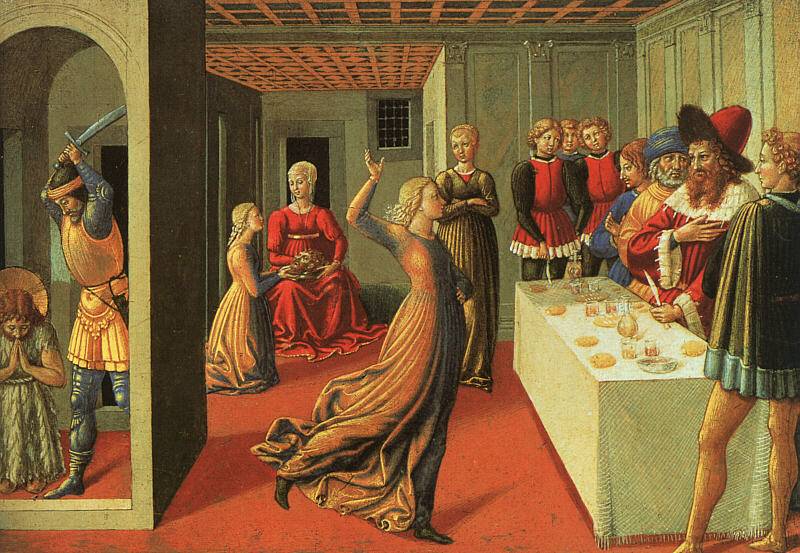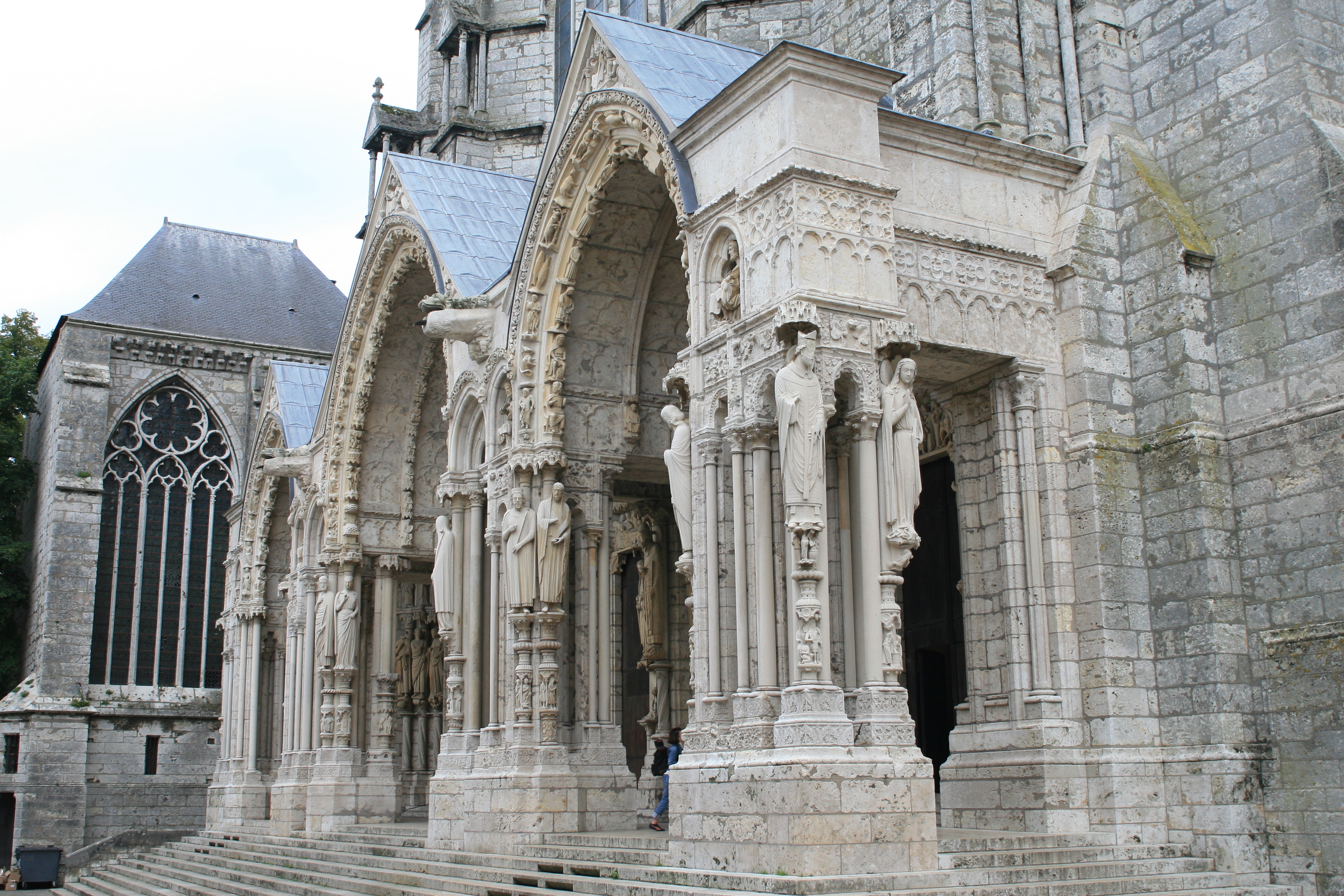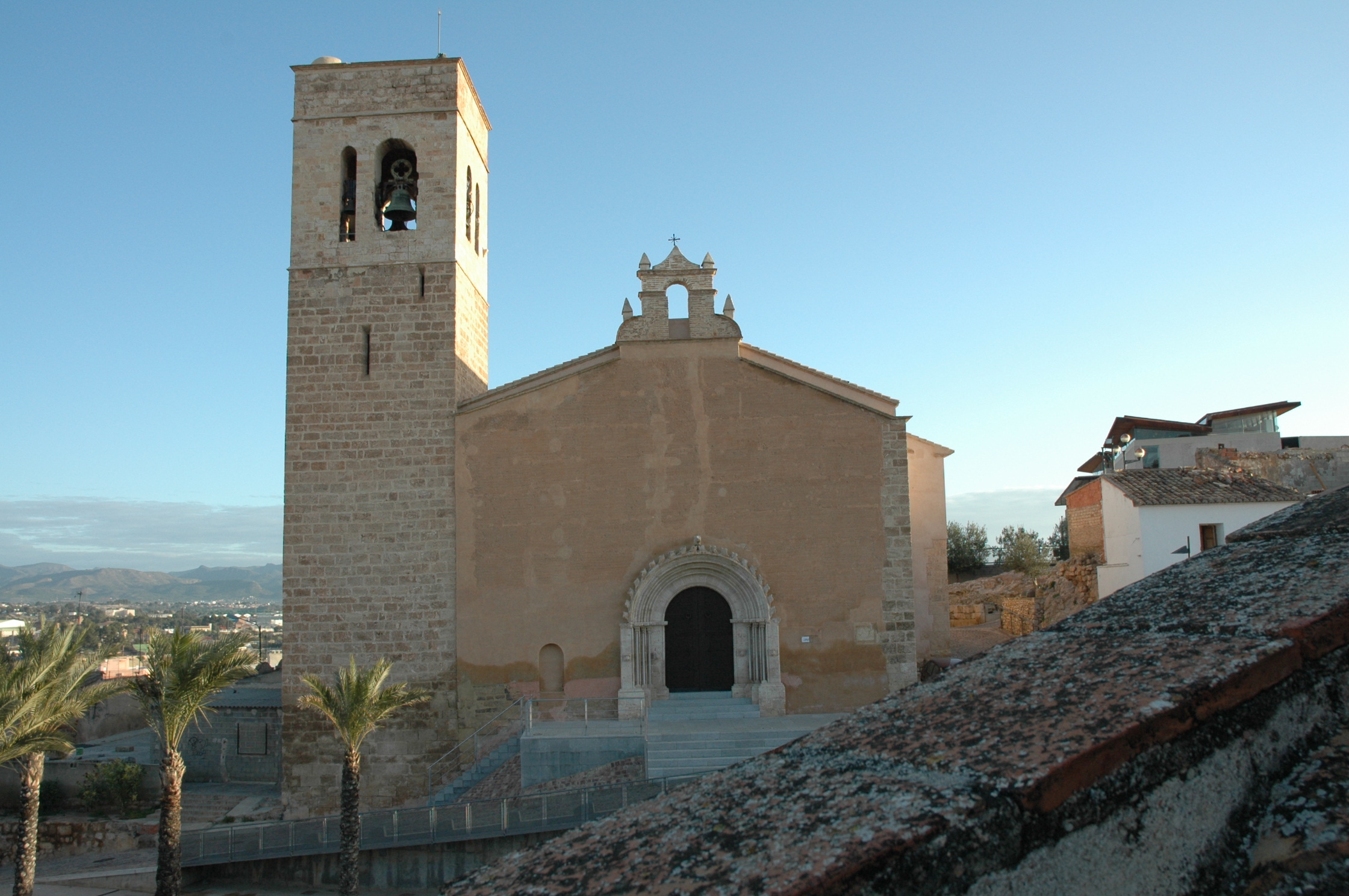
This Valencian village was one of the most important in medieval times. Today we review its legacy through the buildings that remain
8 july 2016
Llíria is a Valencian municipality, capital of the region Camp del Túria. Its history goes back to the Bronze Age, in the settlement that was in the San Miguel hill towards the middle of the 2nd millennium B.C.E. His history is full of ups and downs: today we review its medieval history and how the significance of this municipality was key in the Valencian Middle Ages.
The called “vila vella” of Llíria is documented as population centre since the 11th century, when it appears in the Chronicles of El Cid in 1090, on the occasion of the siege of Rodrigo Díaz de Vivar due to the non-payment of the taxes. In the 11th century it is also mentioned by Ibn al-Abbar with the name of “Lyria”. The following mention of the municipality is found in the Llibre del Repartiment, a book that specified the urban configuration of Llíria after the conquest of Jaume I in 1239.
After the convulsive periods of the Reconquista, the new Christian settlers took advantage of Muslim architecture to extend the city and made it prosper. These are some of the most representative constructions that remain today in the city:
- The Council of the City in the 14th century passed several Decree Laws to raise funds with the objective of repairing the damages in the wall and extend it: battlements were added to the Mudejar building.
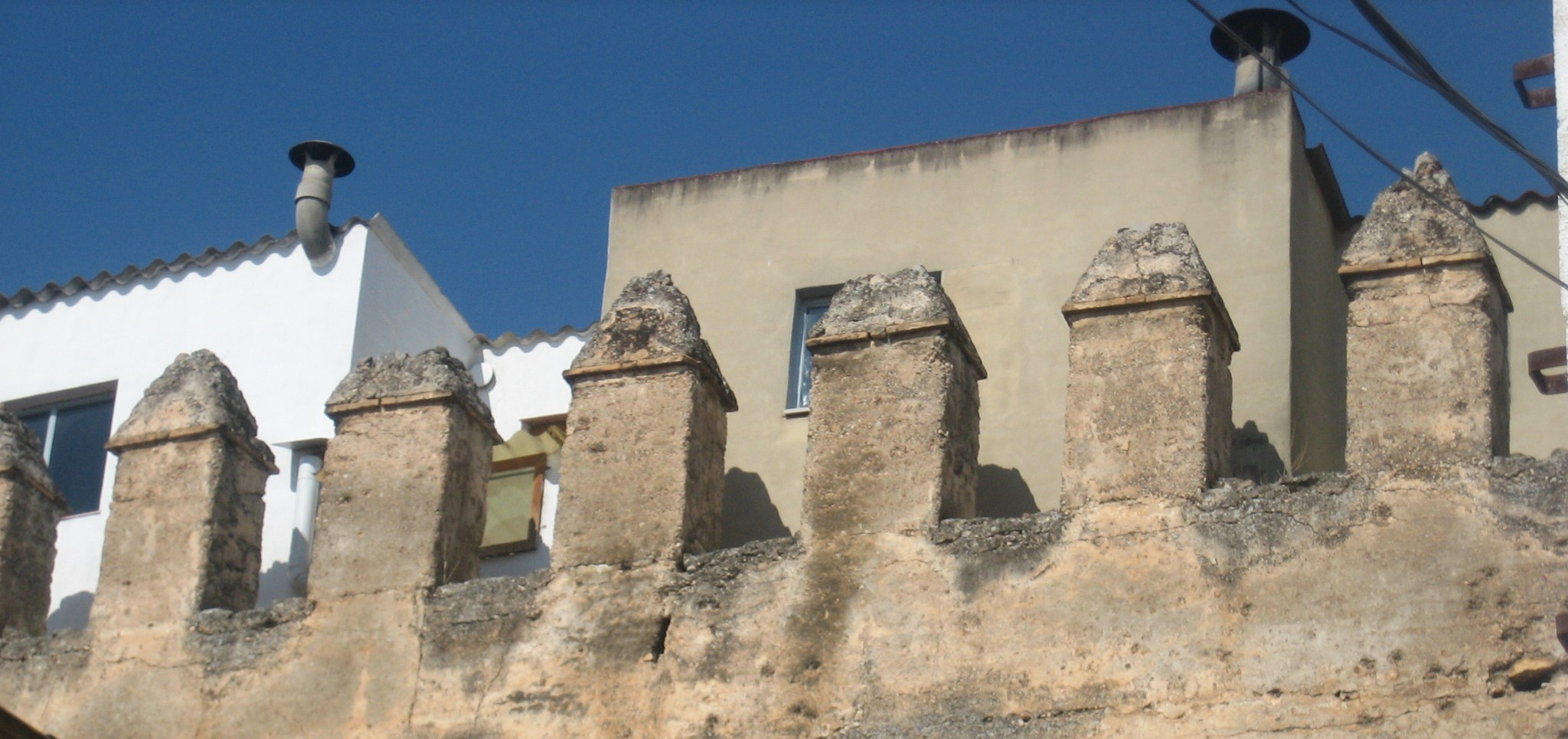
- In the higher part of the Vila Vella is the Santa María Church, popularly known as La Iglesia de la Sangre (13th century), which was built on the mosque. In it we can appreciate transition element from Romanesque to Gothic. Its structure is simple and the main façade is of the 14th century. In the 14th and 15th centuries the five side chapels, of beautiful Gothic tracery, and ribbed vaults were built.

- We can also find in Llíria the old Medieval Hospital: it was build at the end of the 13th century and from the 17th century it is known as the church of the Buen Pastor. In the moment of its construction it was an innovative building with great significance and of labour in the municipality.
- El Forn de Vila: medieval furnace dated 15th century whose walls border the city’s wall. It contains a annealing furnace with a turn of quarter sphere. Nowadays, this building has become the Tourism Agency of Llíria.
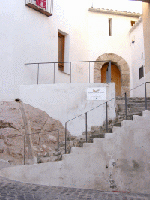
- Ca la Vila Vella was the old City Hall (old seat of the Cambra de Jurats of the city). It is a gothic building of the 15th century that presents a restored spatial structure of three heights.
Strolling in its streets we can find houses of that time with the characteristic semi-circular arch doorway and wide interior areas with diaphragm arch: medieval life in Llíria is present in every corner.
Published by: Inés Luján


